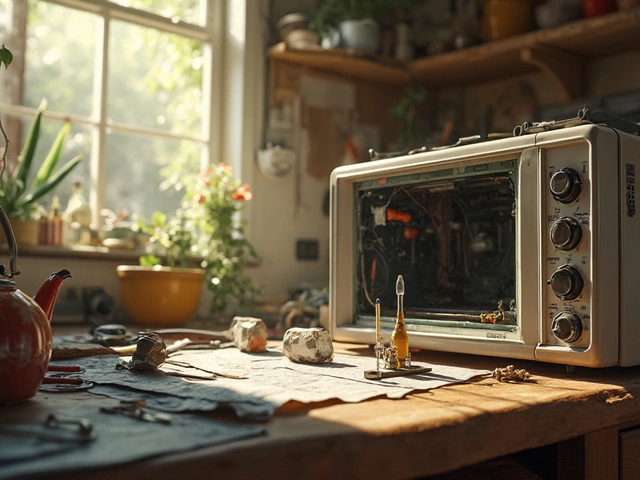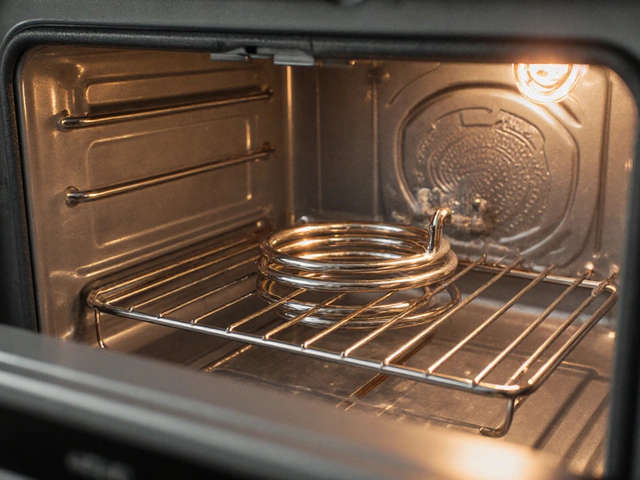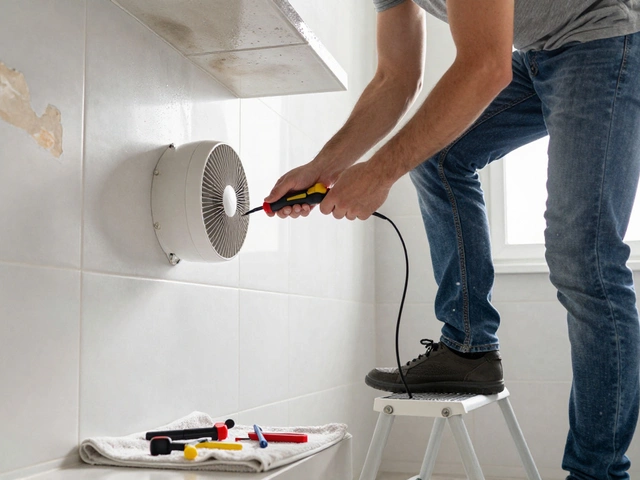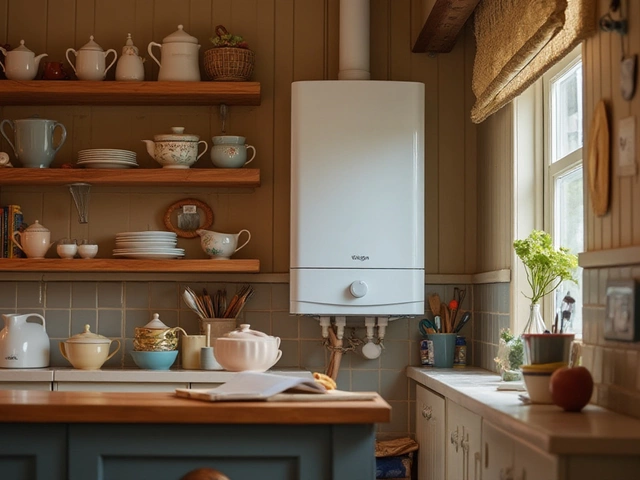How Much Does It Cost to Repair a Microwave Fuse?
February 12 2025Water Heater Drain: Why & How to Keep Yours Working Right
Got a water heater that’s getting noisy or taking forever to heat up? Chances are it needs a good drain. Sediment builds up over time, making the tank work harder, spiking your energy bill and shortening the unit’s life. Draining isn’t rocket science, but doing it the right way saves money and avoids leaks.
Why You Should Drain Your Water Heater
Every year, tiny bits of rust, minerals and debris settle at the bottom of the tank. When the heating element or burner runs through that layer, it can overheat and crack. That’s why most manufacturers recommend a flush at least once a year – more often if you have hard water.
Regular draining also clears out any nasty smells and prevents corrosion that can cause leaks. A clean tank runs cooler, so you’ll notice faster hot water and a lower gas or electricity bill. If you skip the drain, you risk costly repairs or even a full replacement.
Step‑by‑Step Guide to Draining a Water Heater
1. Turn off the power. For electric heaters, switch off the breaker. For gas units, set the thermostat to “off” and wait for the pilot to extinguish.
2. Shut off the cold‑water supply. This is the valve on the pipe that feeds the tank. Close it tightly.
3. Connect a hose. Attach a garden hose to the drain valve at the bottom of the tank. Run the other end to a floor drain or outdoors where hot water won’t cause damage.
4. Open a hot‑water faucet. Pick a sink or tub on a higher floor and turn it on. This relieves pressure and helps water flow out.
5. Open the drain valve. Let the water run until it looks clear. If it’s still cloudy, close the valve, let the tank cool a bit, then open it again to let the sediment settle and drain further.
6. Flush the tank. Once the water runs clear, briefly open the cold‑water supply while the drain valve stays open. This pushes any remaining grit out. Close the supply after a few seconds.
7. Close everything and refill. Shut the drain valve, remove the hose, and turn the cold‑water supply back on. Let the tank fill, then turn the power or gas back on once water flows steadily from the open hot‑water faucet.
8. Check for leaks. Inspect the drain valve and connections. Tighten if needed, but don’t over‑tighten the threads.
That’s it – a full drain in about 30 minutes. If you notice rust, leaking, or the tank sounds louder than usual after a flush, call a certified gas engineer. They can spot hidden problems and keep your system safe.
For most Bedford homes, a yearly drain is enough. If you have hard water, consider a water‑softener or a professional flush every six months. Regular maintenance not only keeps the water hot but also protects your family from sudden cold showers.
Need help? Our certified gas engineers in Bedford are just a call away. We’ll drain, inspect, and service your heater so you never have to worry about cold water again.
 6 Aug
6 Aug
Flush vs. Drain: The Best Way to Maintain Your Water Heater
Debating whether to flush or drain your water heater? This guide breaks down both methods, benefits, and how to actually boost your heater’s lifespan and efficiency.
Read More...



